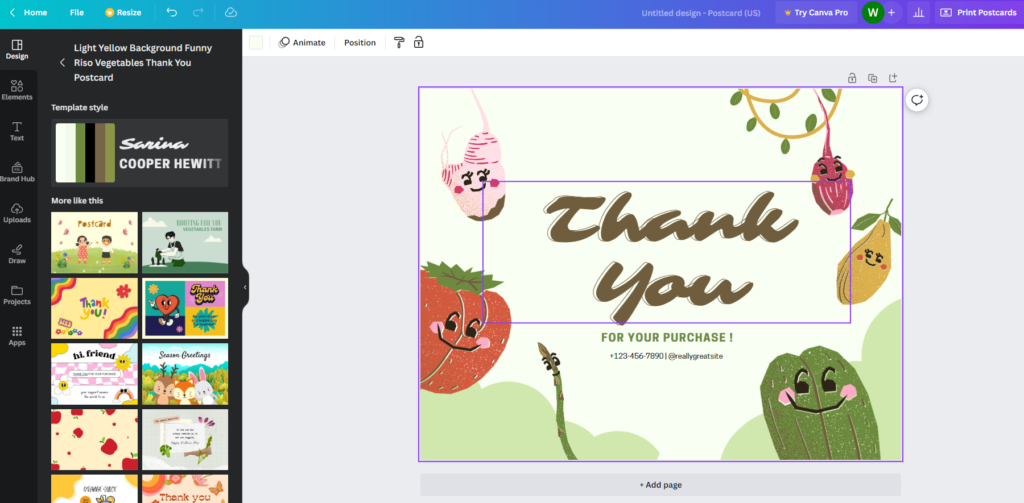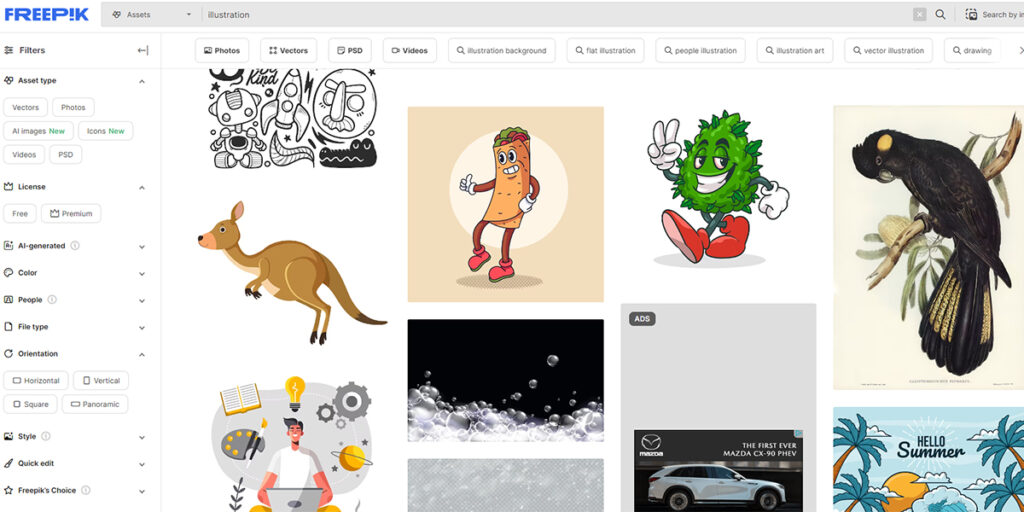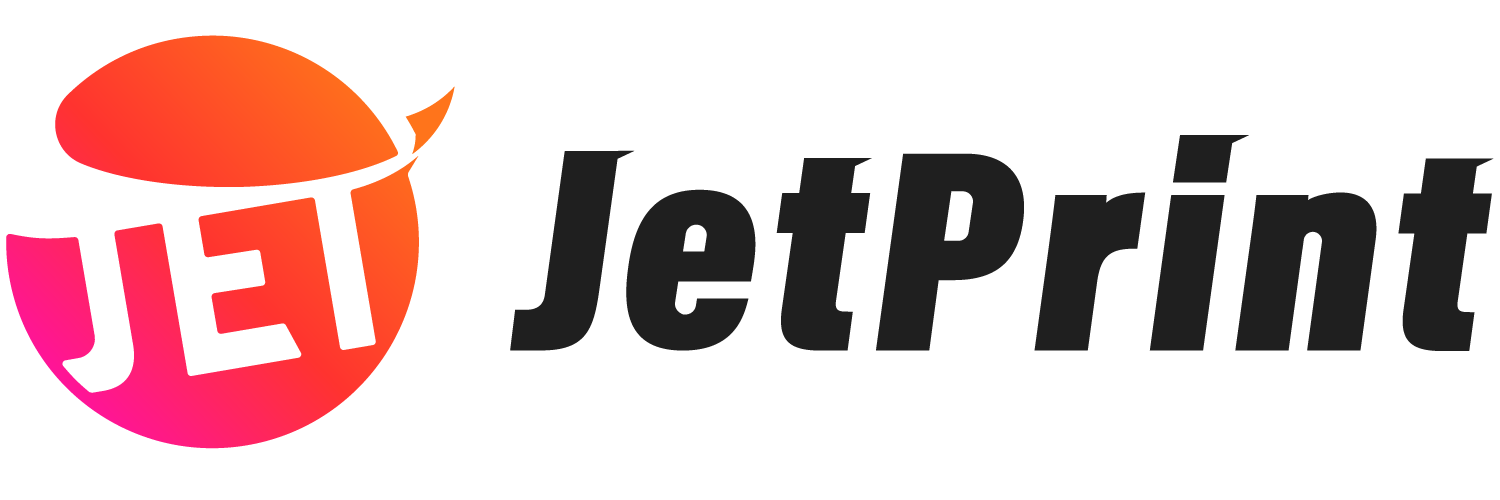Before delving into the creative process, it’s crucial to establish a solid foundation by conducting thorough market research. This is where you tap into your inner detective, much like a writer seeking inspiration from the world around them. Take the time to analyze the simple yet popular designs currently in the market that align with the interests and preferences of your niche audience.
Explore your niche and identify trending themes, similar to how a writer researches themes and genres that resonate with their readers. Pay close attention to what’s selling exceptionally well. Tools like Google Trends and Social Media Insights can be your trusted allies in this task.
1. User-friendly design tools

Design skills are essential in the print-on-demand business, and if you’re not proficient in Photoshop, there are alternative options available to support your business.
Many beginner-friendly design tools, such as Canva and Placeit, provide templates and user-friendly interfaces that let you experiment with various elements, fonts, and colors. You don’t have to be a Photoshop expert to create impressive print-on-demand designs.
2. Utilize copyright-free design illustrations

Just as writers respect the copyrights of fellow wordsmiths, the same principle applies in the realm of design. Use copyright-free designs to avoid any legal conflicts.
Websites like Pixabay, Unsplash, and Freepik offer a wealth of high-quality, royalty-free graphics and illustrations. Select designs that align with your niche and incorporate them into your print-on-demand creations without concerns about intellectual property issues.
P.S. If you’re interested in printing on-demand shoes, it’s worth noting that using anime designs on shoes is currently quite popular.
3. Consider outsourcing your design work

Writing can be a solitary endeavor, but collaboration can enhance your creative output. Similarly, in the world of print-on-demand design, outsourcing your design tasks to a professional can alleviate the stress of creating on your own.
Consider hiring a freelance designer or collaborating with a talented artist (you can explore platforms like Fiverr and Upwork, where designers are active) who can craft patterns based on your specifications. This partnership resembles co-creation.
4. Steer clear of complex designs

You can employ complex patterns, but this may require a substantial amount of your time. Your designs should consist of simple lines or patterns, or you can focus on text-based creations, such as inspirational quotes and proverbs.
The combination of text and straightforward patterns is also highly popular in the market, such as “I love My Mom.” You only need to adjust the arrangement of the text and patterns to achieve professional-quality designs without the necessity for graphic design skills.
5. Invest in continuous learning
 As the print-on-demand business expands, relying solely on basic designs won’t suffice. You must be open to experimenting with intricate designs to stand out. Enroll in online courses to continue enhancing your design skills and seek inspiration from fellow designers. Just as a writer improves with each piece of work, your design proficiency will grow with each project.
As the print-on-demand business expands, relying solely on basic designs won’t suffice. You must be open to experimenting with intricate designs to stand out. Enroll in online courses to continue enhancing your design skills and seek inspiration from fellow designers. Just as a writer improves with each piece of work, your design proficiency will grow with each project.
In summary, initiating print-on-demand designs as a novice may appear intimidating initially, but with the appropriate tools, research, and experience, you can embark on this journey with confidence. Keep in mind that, much like crafting words into a story, design represents a form of visual storytelling.


0 Comments